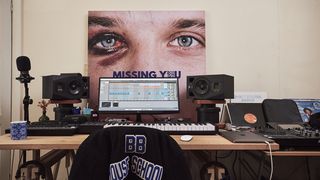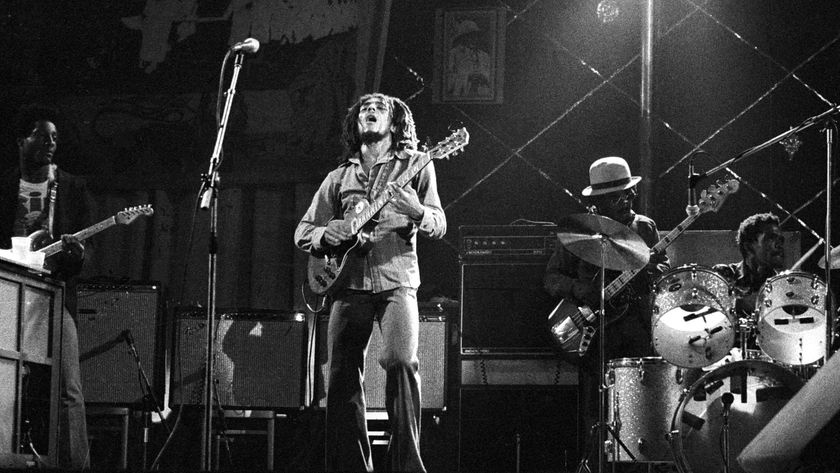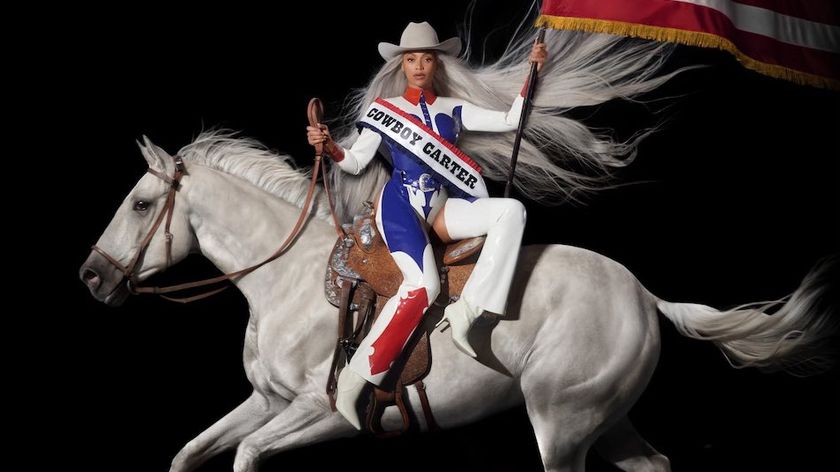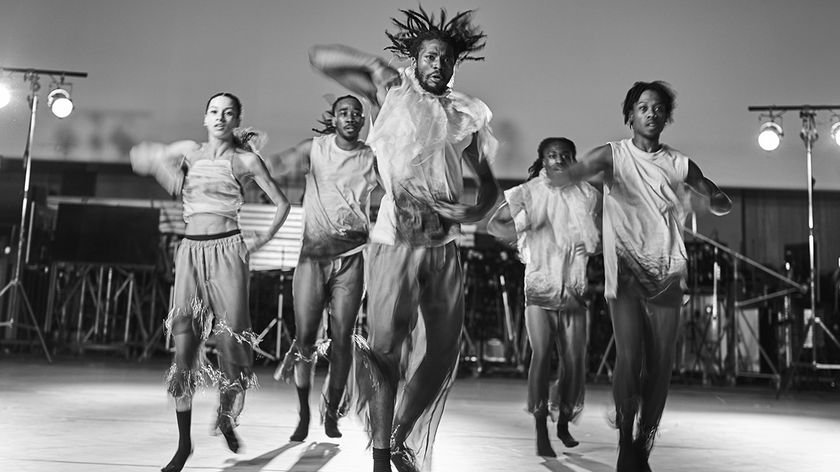The Track: Boston Bun breaks down Don’t Wanna Dance
The French house veteran on his booty-shaking house stomper
Disco doyen Boston Bun, aka Thibaud Noyer, is a veteran of the French house scene with a discography that includes releases on the legendary Ed Banger Records plus remixes for artists such as Breakbot, Riton and Mark Ronson.
We caught up with Thibaud in his temporary North London studio to find out how he made the infectious Don’t Wanna Dance, a booty-shaking house stomper featuring a replayed sample of Double Exposure’s big, bold and brassy I Got The Hots (For Ya).
How did you discover the original Double Exposure track? Were you familiar with it before making Don’t Wanna Dance?
“Absolutely not! I spend a lot of time on YouTube, a lot of the time I’m making playlists of tracks people have ripped from vinyl, so my YouTube algorithm is highly trained! It’s like my favourite record shop, it knows me better than anyone else. I get a lot of sample ideas that I don’t necessarily use. With this sample, I made a few things with it, and eventually, I did a proper re-edit that I played at Leeds festival.
“Everyone wanted to know what the track was, so I thought, ‘Maybe I’ll have to clear it and release it properly?’. But clearing it was kind of a mess... to me, it’s super important to clear samples, especially when you are sampling soul and disco from the ’70s. Those people have nothing basically. With US artists from the ’70s and ’80s, most of them got the worst deal ever. We started looking for the producer, but he passed away in 1995 or something. Then we looked for his children on Facebook because we couldn’t find who published it. We found his son and we explained the situation: ‘I’m not Lady Gaga so you’re not going to be a millionaire this year, but here’s the deal, we used your dad’s song and we want to clear it.’ It took maybe two months just for the back and forth.”

The sample is a replay rather than sampled directly?
“I really tried to use the original sample, but I sped it up from like 100 to 122 and it was just a mess. Plus the way it was played it was impossible to make it work, but I really loved the horn lines and the piano; those were the most important parts of the track for me. Maybe five years ago I would have been like ‘that’s alright, I’m going to use it anyway’, but on this one, I loved it so much I was like, ‘no, this can be really something, so let’s get it replayed. Let’s get it done right for once!’”
Get the MusicRadar Newsletter
Want all the hottest music and gear news, reviews, deals, features and more, direct to your inbox? Sign up here.
How did the replay process work?
“I worked with someone who is, to me, the master of it, Hal Ritson; he’s like the final boss of the replay! So I talk with him when I want to replay something, and yeah, we worked together on this.”
How did you find the process of remaking the track with the replayed sample?
“When you take off the drums, it’s different. You have to find the balance again... all your mix is going to move, all the balance will change. Sometimes you stay in love with the first sample, and while no one else would know the difference, it can be a bit weird sometimes. Especially for this track, that I’d been playing for a year, I changed the sample and I was a bit lost in the beginning. It didn’t feel the same, as if there’s something wrong. So it took me a few weeks to get it back together.”
Hardware
Adam A5X monitors
Apple MacBook Pro
UAD Apollo Twin
Software
Ableton Live
Sonarworks Reference 4
FabFilter, Goodhertz, Inc., Native Instruments, Valhalla DSP and Waves plugins
The vocal line is original. How did it come about?
“I worked with Uzo [vocalist MNEK]. I was in a session with him and had like three, four tracks, maybe on my computer. I said to him, ‘I’m not looking for verses, pre-chorus and stuff like that, just top lines. Feel free to do whatever you want.’ I loved what he came up with straightaway. It was like he made the sample a new original. Then I re-recorded it with someone else singing because I wanted the vocal to be a bit different.”
The vocal’s from a female view, sung by a man and pitched up?
“Yeah, it’s what happened during the session with Uzo, he’s a genius! The name of the edit was More Dance, and Uzo was like ‘no, it’s Don’t Wanna Dance’. He was right. Though afterwards, some sync and TV people wanted to use it, but said, ‘no, it’s too negative’, I was like, ‘that’s the point of the song!’. Then when the track got released, it got to like no. 6 in the Billboard electronic chart in the US, and the track at no. 5 was by Jonas Blue, called I Wanna Dance! Maybe they were right!”



I take care of the reviews on MusicRadar and Future Music magazine, though can sometimes be spotted in front of a camera talking little sense in the presence of real musicians. For the past 30 years, I have been unable to decide on which instrument to master, so haven't bothered. Currently, a lover of all things high-gain in the guitar stakes and never one to resist churning out sub-standard funky breaks, the likes of which you'll never hear.

"Reggae is more freeform than the blues. But more important, reggae is for everyone": Bob Marley and the Wailers' Catch a Fire, track-by-track

“Part of a beautiful American tradition”: A music theory expert explains the country roots of Beyoncé’s Texas Hold ‘Em, and why it also owes a debt to the blues










